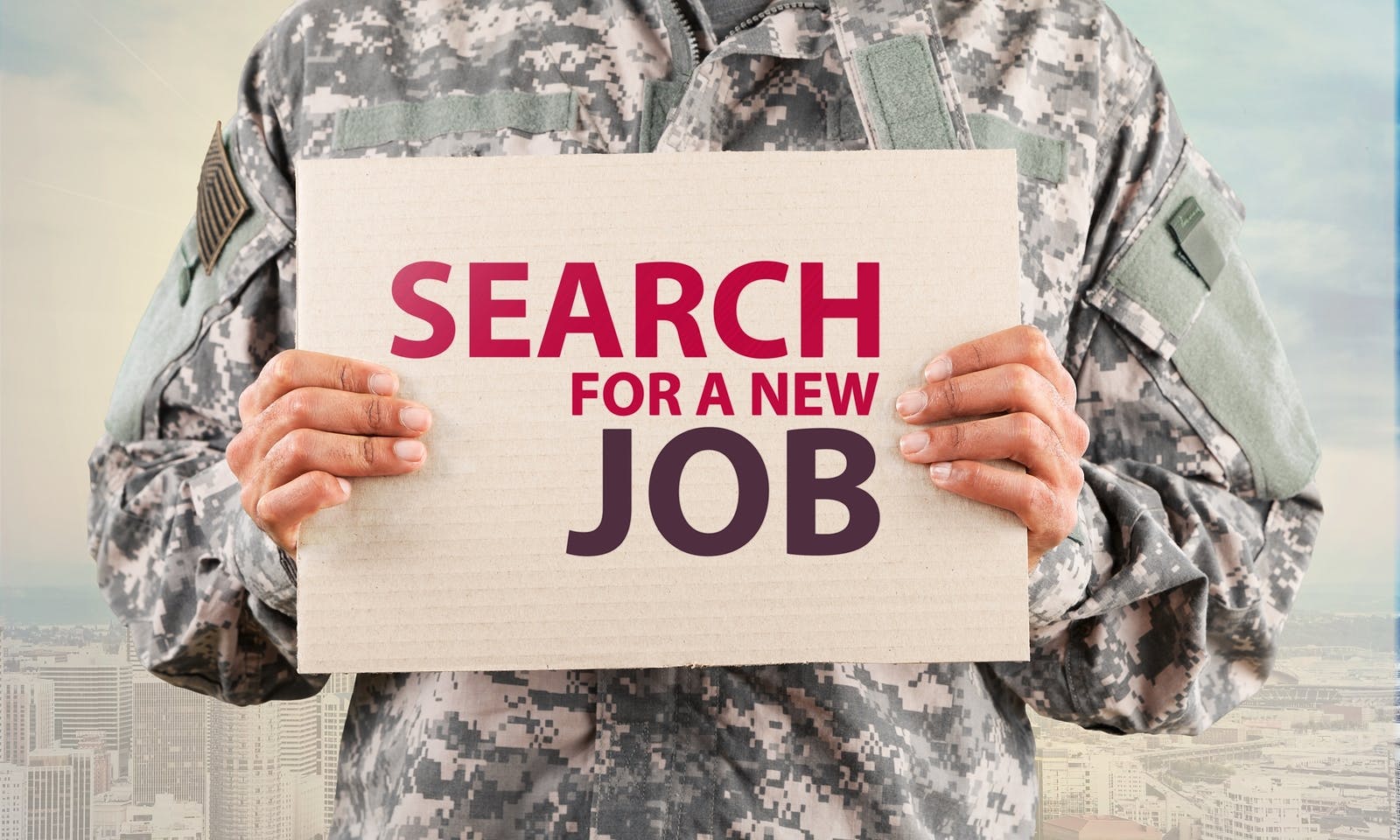Note: In 2016, the U.S. Chamber of Commerce commissioned a study of veterans to learn:
- Are they finding jobs where they are fully engaged and maximizing their skill sets?
- Are businesses benefiting from those skills and retaining their veteran workforce.
The answers, as the stats in the following article illustrate, were more no than yes. If a similar survey were conducted today, we would hope that the situation for veterans has improved in the intervening years. Yet, the 2016 results cast light on a cultural issue companies of all sizes should consider.
∼∼∼∼∼
For the men and women who protect our freedom serving in the U.S. military, the 2016 employment statistics from the U.S. Chamber of Commerce Foundations report, Veterans in the Workplace, were harrowing:
- 38% of veterans reported a 4+ month wait for their first job
- 44% of veterans left their first post-military job within a year
- 50% of veterans report being subjected to negative treatment or have reported feeling singled-out in the workplace due to their military status
- Four out of five companies surveyed lack formal training to help civilian employees relate to veterans.
Today, National Hire a Veteran Day, serves as a reminder to employers to include veterans in their employment and talent strategies. A 2017 study from Syracuse University found that veterans have one of the highest returns on investments, bringing with them a unique skill set that stems from serving in strenuous and high-pressure environments. They are strong leaders and team players, eager to create impact.
Last month, veteran unemployment was 3.2%, the lowest veteran unemployment rate in the month of June since 2001, showcasing the strides that have been made in hiring veterans in the civilian roles thus far. Yet while the unemployment rate for veterans has been in a steady decline, a significant number of veterans are still struggling to get their foot in the door, find meaningful work and/or inclusive workplaces.
What’s the problem?
In 2016, only 54% of human resource professionals and hiring managers said they were familiar with military rank and jargon, which are commonplace on many returning veterans’ resumes. There’s no reason to believe that has changed.
While veterans are generally viewed as hard working and committed, concerns and reservations about their mental health, PTSD and substance abuse persist. And, when comparing civilian candidates to veterans, apples-to-apples, “veterans are viewed as less likely to have the same level of skills necessary for the workplace and, to a lesser extent, the necessary education” according to that Chamber of Commerce Foundation report.
Even if veteran hiring is a top priority for the organization, the lack of knowledge about veterans, how to accommodate them, and unconscious biases inevitably makes it more challenging to recruit and place them in the right positions. Even if a veteran gets the job, historically, as the data shows, they have high attrition rates. This is largely attributed to finding the civilian workplace difficult to grasp or feeling that their skills were underutilized or unappreciated.
National Hire a Veteran Day is a good time to take stock of the common biases, misconceptions and hurdles veterans face when transitioning from service to the civilian workforce.
A version of this article was originally published on wforce.org.
